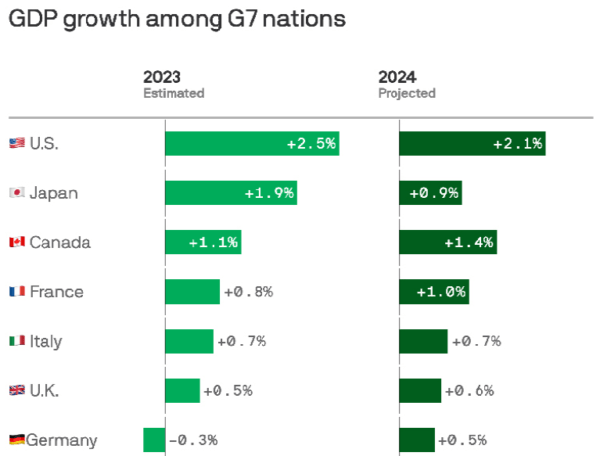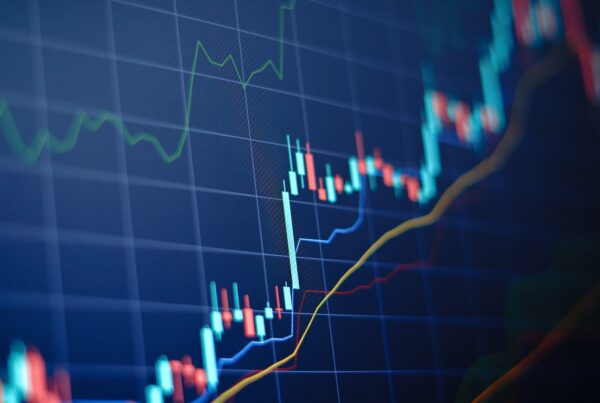 Remember the good old days when the U.S. economy was growing at a 2.5% clip, and when it accounted for 80% of the global economy’s growth? When jobs were plentiful because the unemployment rate was below 5%, and prices were relatively stable because the inflation rate was down below 3% a year? When manufacturing output in America was routinely experiencing 1-3 percent growth, and the average manufacturing worker was living comfortably on the equivalent (in today’s dollars) of $98,846, including pay and benefits.
Remember the good old days when the U.S. economy was growing at a 2.5% clip, and when it accounted for 80% of the global economy’s growth? When jobs were plentiful because the unemployment rate was below 5%, and prices were relatively stable because the inflation rate was down below 3% a year? When manufacturing output in America was routinely experiencing 1-3 percent growth, and the average manufacturing worker was living comfortably on the equivalent (in today’s dollars) of $98,846, including pay and benefits.
Remember when the United States was routinely posting the greatest economic growth rate in the world—by a wide margin? Remember when American stock market performance was outpacing all other markets—by a wide margin—and the dollar was strong against all other currencies?
You don’t have to have a long memory to recall this golden age of American prosperity, because those statistics are all from today, right now, the world you are living in. U.S. economic growth is running at 2.5%, well ahead of the Japanese, Canadian, French, Italian, English and German growth rates (see chart). Meanwhile, since 2019, the S&P 500 index of the largest American companies has delivered 48% market gains, compared to just 10% for developed markets outside the U.S. (the MSCI EAFE index.)

The International Monetary Fund’s latest report notes that all countries have been dealing with the same challenges of post-pandemic inflation, but a combination of strong growth in the U.S. labor force and strong productivity growth fueled by an innovative corporate sector has once again driven America to the head of the economic pack. The Peterson Foundation economists actually found that, ju jitsu-like, the American economy was able to turn the pandemic to its advantage, moving millions of lower-income workers to better jobs providing more income security.
It’s a curious fact about human nature that we can’t see the good times in real time, at the moment; we only recognize and appreciate them (and wish they were back) when we’re looking in the rear view mirror after the passing of a decade or more. That means that sometime in the late 2030s, people will look back at today’s American economy and marvel at how good we had it—without knowing that most of us never realized this at the time.



